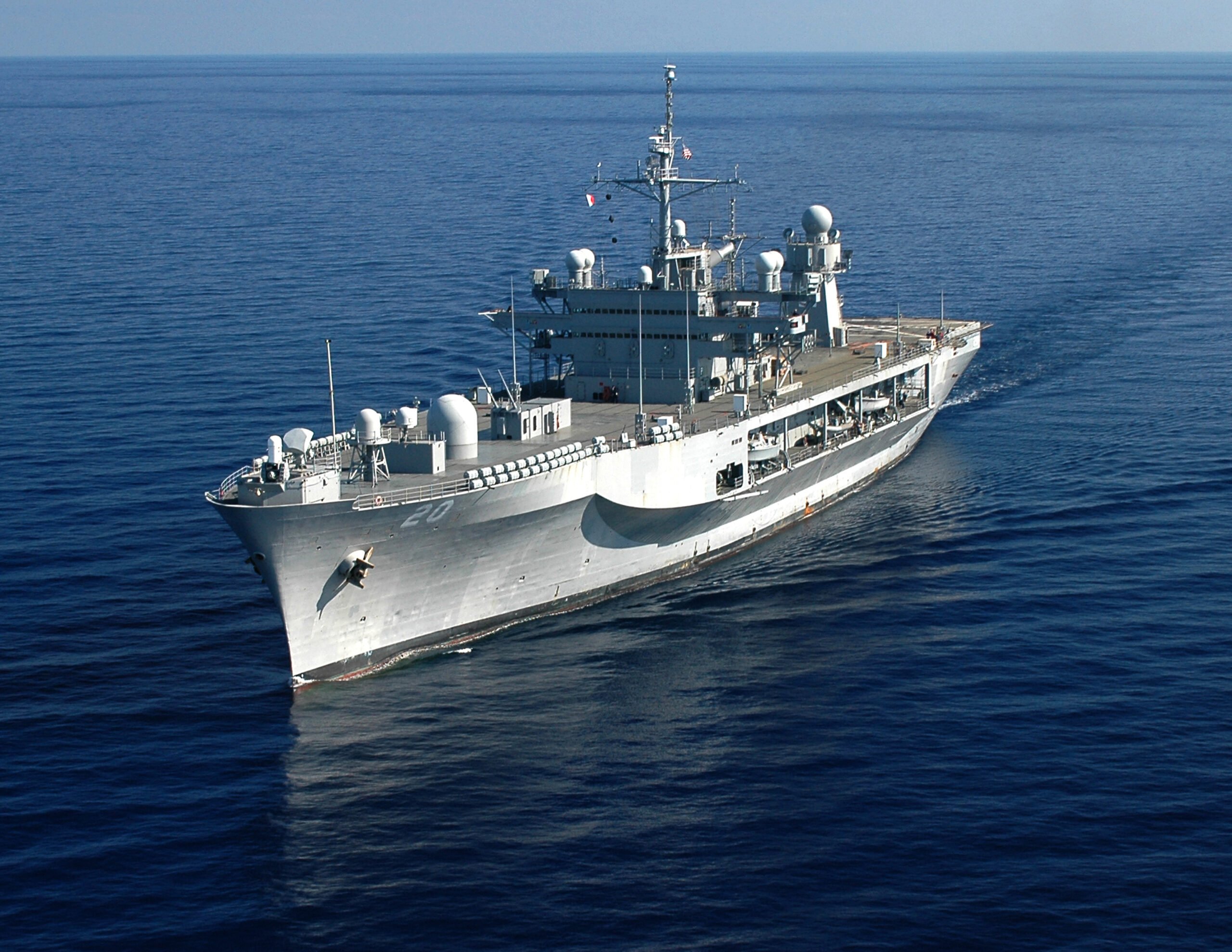How and why the US Navy changed its presence in the Mediterranean

The 6th Fleet increases and decreases its size as needed, responding flexibly to contingent situations. The analysis by Aurelio Giansiracusa (Ares Defense Observatory)
Recently, in the Mediterranean there has been a contraction of US Navy units deployed between October and the beginning of December, following the outbreak of hostilities between Hamas and Israel.
In the aftermath of the attack unleashed by Hamas in the heart of Israel, the Biden administration had ordered the Department of Defense (US DoD) to significantly increase the US air and naval presence in the Eastern Mediterranean Sea and the Red Sea to avoid possible regional extensions of the conflict (Hezbollah in Lebanon, Syria, Iran, Houthis from the not too distant Yemen).
Following presidential orders and directives, the US DoD had sent substantial reinforcements to the US bases present in Syria, Israel, Jordan, Iraq, and other countries of the Arabian Peninsula, with anti-aircraft and anti-missile equipment, aerial assets and ships to patrol and scrutinize the skies and seas with their powerful sensors.
For the occasion, the US Navy had mobilized two Carrier Strike Groups (CSG) plus a complete Amphibious Group, supported by the omnipresent submarines and maritime patrol aircraft equipped with powerful and sophisticated sensors, with a third CSG ready in Asia to move in case of necessity.
The (unusual) presence of two US Navy aircraft carrier battle groups in the Mediterranean had the declared aim of preventing further degeneration in a situation that was already abundantly complex in itself; the not too arcane message was addressed to Iran, a great supporter and main sponsor of Hezbollah (and the Houthis) to keep out and keep its "allies" out of the ongoing crisis.
The mission of the US Navy changed when the attacks launched from the areas occupied in Yemen by the Houthis against merchant ships transiting between the Gulf of Aden and the Red Sea intensified, the Shiite militiamen not disdaining to operate even in the "quieter" waters and distant Arabian Sea. These attacks have become increasingly insistent and are causing damage to the commercial traffic that transits every day in that fundamental artery which, via the Red Sea and the Suez Canal, connects the immense Asia and the Middle East to the Mediterranean and Europe .
At that point, also due to the needs of rotation – a nuclear-powered aircraft carrier embarks more than four thousand men – the US Navy began a series of movements which, if on the one hand decreasing the presence in the Eastern Mediterranean, on the other the ships available in the Red Sea, Gulf of Aden and Arabian Sea are increasing to counter the launches of missiles and drones by the Houthis.
More generally, and ultimately, the US Navy confirms the posture adopted in the 1990s, with the reduction of the 6th Fleet; at the time of the Cold War, it was one of the most powerful fleets deployed outside US waters and had the main task of countering SOVMEDRON, the naval squadron of the Soviet Navy that operated permanently in the Mediterranean Sea; today the 6th Fleet maintains only the command ship Mount Whitney (in the photo) stationed in Gaeta and can rely on the Arleigh Burke class destroyers assigned for the needs of the Rota naval air base in Spain which, following the agreements between Madrid and Washington , from two they can become four; for the rest, the 6th Fleet maintains the indispensable command and transmission structures to support the surface and underwater units that cyclically enter our basin for exercises and/or operations.
In fact, the 6th Fleet increases and decreases its size according to needs, responding flexibly to contingent situations, receiving naval and air assets from the east coast of the United States and from the Fleets operating in other basins which can temporarily detach their own units.
This is a machine translation from Italian language of a post published on Start Magazine at the URL https://www.startmag.it/smartcity/come-e-perche-la-us-navy-ha-modificato-la-presenza-nel-mediterraneo/ on Sun, 17 Mar 2024 08:31:29 +0000.
